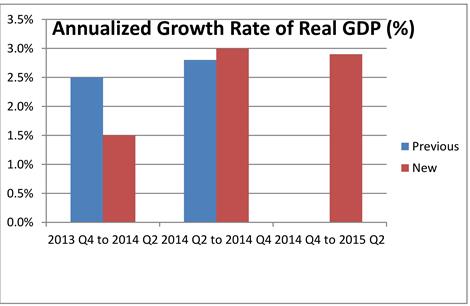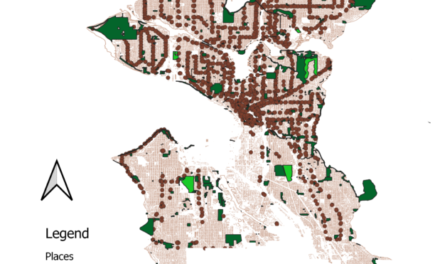As the GIS analyst here at Greenfield Advisors, I use GIS for a number of different tasks. (Refer to my previous post if you’d like to review what GIS is.) These tasks vary from job to job because we have a diverse workload. Greenfield Advisors specializes in complex real estate valuation, such as litigation support regarding the valuation of contaminated properties involved in mass and class action lawsuits, or valuation of high-amenity properties such as conservation easements and trophy properties. Internally, we have the opportunity to improve support material using GIS. Through the years, GIS at Greenfield Advisors has evolved from simply making maps to being a large component of our statistical analysis.
Every case we work on is different, so in order to capture the data we need to conduct our statistical analysis, we have gotten creative in coming up with ways to achieve our goals. In a recent case that focused on river contamination, we were tasked with calculating the river frontage for properties that lined the river. Through a series of masking, intersecting, and conversion tools, we were able to accurately calculate the frontage for every property.
Being on the economic side of the contamination litigation process, we’re often given reports from environmental experts. These reports generally show contamination dispersion through different media, such as air, soil, and water. We scan the reports, capture the image we want, and then georectify the image so that I can duplicate the maps in the expert report. Georectification is the process of aligning a satellite or aerial image with a map of the same area. Several corresponding control points, such as street intersections, are marked on both the image and the map. These locations then become reference points during subsequent processing of the image. We are then able to make dummy variables based on concentrations, or a concentric buffering system, or even different contamination events that have affected the same area. We also use neighborhoods to extract dummy variables in order to see how one neighborhood might stack against another.
Finally, we do make pretty maps. It is important when dealing with juries and the defense or decision makers on a development project that we convey our message clearly, so that someone who isn’t familiar with the concepts can understand. Maps play a big role in that process. Most experts give a written description of the affected area (as do we); however, we also bring maps into our projects that clearly show the boundaries of affected areas. Reading others’ reports, I find it highly annoying when there isn’t a nice clean map that tells you exactly where the affected area is. Because the availability of quality maps of Superfund sites and other sites of environmental contamination is so limited, we’ve started our own case studies program that maps these sites. Words don’t often convey the magnitude of the contamination, but when you put it on a map, it illustrates the bigger picture. Below you will find an example of a map I created showing the Grand Calumet River Area of Concern (AOC) and nearby federal facilities on Lake Michigan.
– Gabriel Bolden





Recent Comments